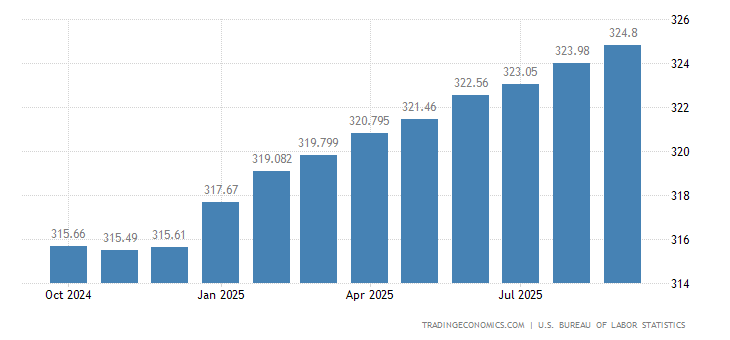Asia forex was subdued and the dollar was steady. On Wednesday, the majority of Asian currencies were trading in a flat to low range. As data indicated that the Chinese economy is showing a patchy rebound.
Asia forex saw the yuan fall despite signs of some recovery
As the manufacturing sector struggled to recover from COVID-era lows, data showed that industrial production increased less than anticipated in February, which caused the Chinese yuan to decline by 0.2%.
However, retail sales increased as predicted, and increased fixed asset investment indicated that the economy was recovering. After anti-COVID actions were lifted earlier in the year.
Even now, a weak spot in the manufacturing sector, which usually acts as a litmus test for China’s economy. Showed that a bigger recovery was still a long way off. Given that China is the region’s dominant trading partner, the country’s economic recovery is a positive sign for the entire Asian economy.
Asian forex markets saw yen decline
Major Asian currencies were subdued as figures released overnight provided mixed cues on the U.S. economy. The Philippine peso rose by 0.3%, leading gains all through Asian Countries, While the yen tumbled by 0.2 percent to the dollar.
The US CPI and Banking sector crisis loons on markets

As expected, the US headline CPI was up 6.0% YoY and 0.4percent a monthly basis. The monthly core CPI fell slightly from 0 to 0.5%. The forecast was 4 percent, but the annual value has remained constant at 5.5%.
Industrial production there was a small miss at 2.4% YoY to the end of February rather than the 2.6% anticipated. And retail sales were in line for the same period at 3.5%. Fixed assets ex-rural were a beat at 5.5% instead of the 4.5% forecast, again for the same period.
Consumer price index (CPI) inflation in the US decreased in Feb as predicted. But stiffer core CPI inflation had shown that rising prices still stayed essentially high. Which could put pressure on the Federal Reserve to stiffen monetary policy.
Markets are making bets that Fed will have the limited economic capacity to raise rates. Given the growing strain on the banking sector. The U.S. government meddled in the sector after the implosion of several regional banks the week before.
On Wednesday, the dollar index and dollar index futures traded side to side after suffering big losses in the previous few sessions.
Later in the day, the United States will release data on retail sales and producer price inflation, which is anticipated to give us more economic cues before the Fed meeting next week. Rates are anticipated to increase by 25 basis points from the reserve bank.
The South Korean won soared 0.1 percent as statistics suggest the country’s huge trade deficit shrunk slightly in Feb.
The Euro and Financial Markets
As the market considers the wider effects of the failure of three US banks and the subsequent government rescue of them, the euro has risen again today. Amidst this, the US Dollar stays under pressure and EURUSD is pressing toward a 4-week peak over the 1.0750 level.
After a turbulent week that saw wild swings in many asset classes, financial markets generally stabilized on Wed. On comment were the moves in the two years Treasury bond. The above has seen the MOVE index go to its top level as of 2008.
Similar to how the VIX index measures implied volatility in the S&P 500, the MOVE index measures volatility in the bond market.
As expected, the US headline CPI was up 6.0% YoY and 0.4percent a monthly basis. The monthly core CPI fell slightly from 0 to 0.5%. The forecast was 4 percent, but the annual value has remained constant at 5.5%.
Industrial production there was a small miss at 2.4% YoY to the end of February rather than the 2.6% anticipated. And retail sales were in line for the same period at 3.5%. Fixed assets ex-rural were a beat at 5.5% instead of the 4.5% forecast, again for the same period.
European stocks rise in European market opening
UK FTSE futures +0.1% German DAX futures +0.1%
This occurs as S&P 500 futures are currently up 8 points, or 0.2%, and the market’s general mood is starting to stabilize. Although 2-year Treasury rates are seen rising 7.5 basis points to 4.30% on the day but remaining in a much smaller range, the bond market’s volatility is also decreasing.
Crude Oil
Post CPI, the price of crude oil declines as volatility increases prior of the FOMC. Lower WTI oil.
After overnight overall US inflation, which came in at 6.0percent year over year and 0.4percentage month over month, beat expectations, crude oil fell to a 3-month low. Monthly core CPI was a small beat at 0.5% instead of the 0.4percentage expected but the annual rate was in line at 5.5 percent.
The front two WTI futures contracts show a small tilt toward contango. This margin could perhaps enable for some easing in price.
The official US Energy Information Agency (EIA) inventory data that is coming later today will be closely watched by the oil market Even though the macro environment may be stabilizing after the shocking crash of the three banks.









